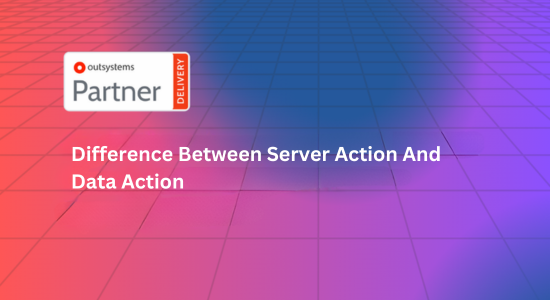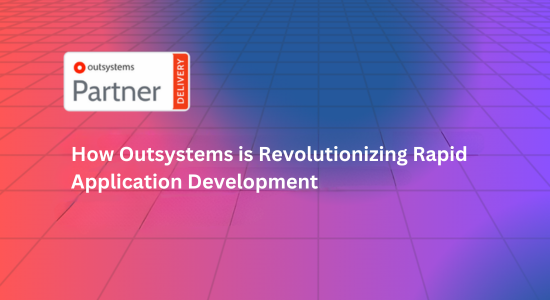Outsystems has revolutionized the software development landscape with its low-code platform, enabling rapid application development and deployment. To harness the full potential of this innovative platform, adhering to best practices throughout the development lifecycle—from design to deployment—is paramount. Let’s explore some key best practices for maximizing efficiency and quality in Outsystems development.
1. Comprehensive Planning and Design
Before diving into development, invest time in comprehensive planning and design. Clearly define project requirements, user stories, and desired outcomes. Develop wireframes or prototypes to visualize the application’s structure and functionalities. A solid foundation in the planning phase streamlines development and minimizes future revisions.
2. Modular Development Approach
Adopt a modular approach to development. Break down the application into smaller, reusable modules. This approach enhances scalability, maintainability, and reusability of components across various parts of the application. It also facilitates easier debugging and testing of individual modules.
3. Optimize Data Models and Queries
Efficient data modeling is crucial for performance optimization. Design data models that align with the application’s requirements, avoiding unnecessary complexities. Optimize database queries to minimize data retrieval time. Leverage Outsystems’ built-in features for efficient data management and retrieval.
4. Utilize Outsystems Patterns and Best Practices
Leverage Outsystems’ predefined patterns and best practices. These guidelines are established by experts and aim to optimize performance, ensure consistency, and promote efficient development. Adhering to these patterns fosters code reusability and maintains a standardized structure across the application.
5. Prioritize User Experience and Accessibility
Focus on creating a seamless user experience (UX) and ensuring accessibility for all users. Design intuitive interfaces, prioritize usability, and incorporate accessibility standards. Test the application thoroughly to guarantee it functions well across various devices and screen sizes.
6. Rigorous Testing and Quality Assurance
Implement rigorous testing procedures throughout the development lifecycle. Conduct unit tests, integration tests, and end-to-end tests to identify and rectify issues early. Perform regular quality assurance checks to ensure adherence to functional requirements and maintain code quality standards.
7. Continuous Integration and Deployment
Embrace continuous integration and deployment practices. Automate build processes, perform frequent integrations, and deploy updates in smaller increments. This approach allows for faster feedback loops, reduces deployment risks, and enables quick iterations based on user feedback.
8. Documentation and Version Control
Maintain comprehensive documentation for the application, including functionalities, workflows, and integrations. Emphasize version control to track changes and facilitate collaboration among team members. Documentation aids in knowledge transfer and streamlines future updates or enhancements.
Conclusion
Adhering to best practices in Outsystems development—from meticulous planning and modular development to prioritizing user experience, rigorous testing, and embracing continuous integration—lays the groundwork for successful and efficient application development.
By following these best practices, developers can leverage the full potential of Outsystems, create robust applications, streamline deployment processes, and ultimately deliver high-quality solutions that meet business objectives and exceed user expectations.








